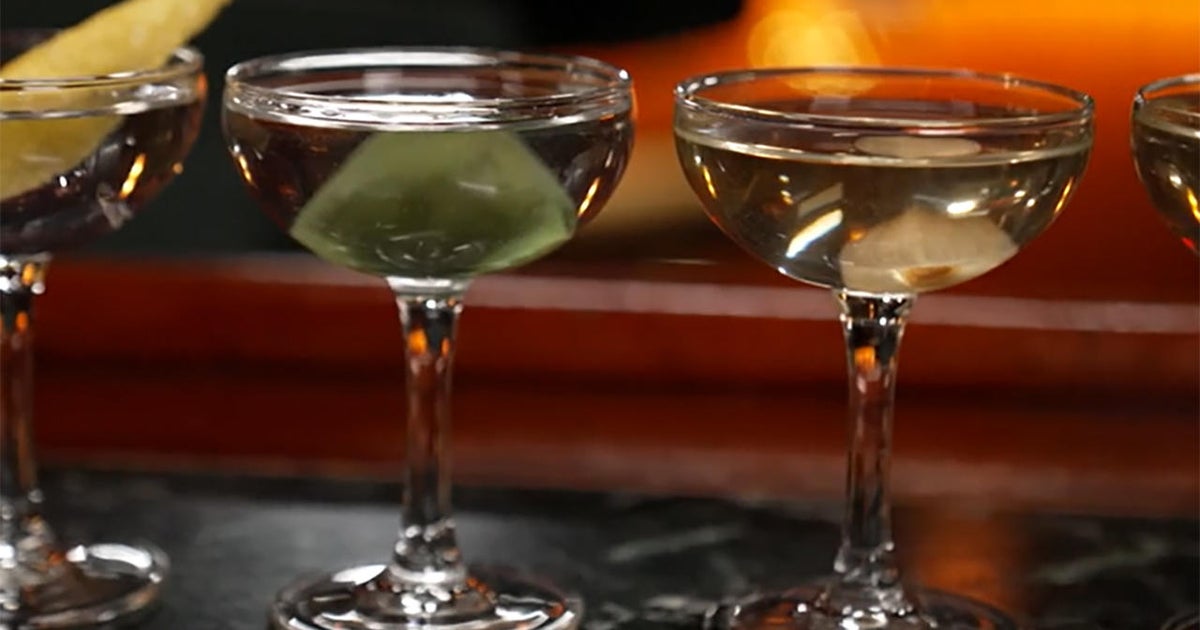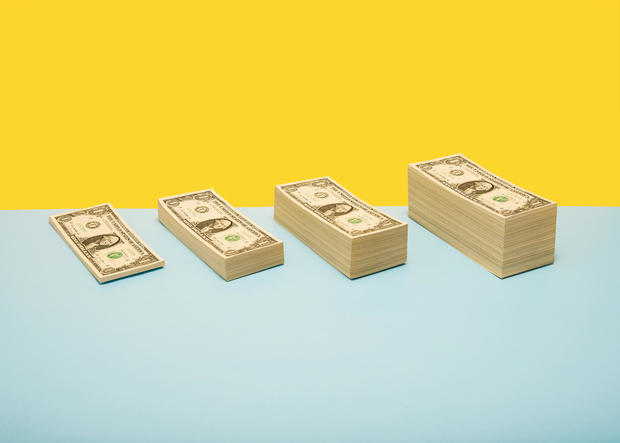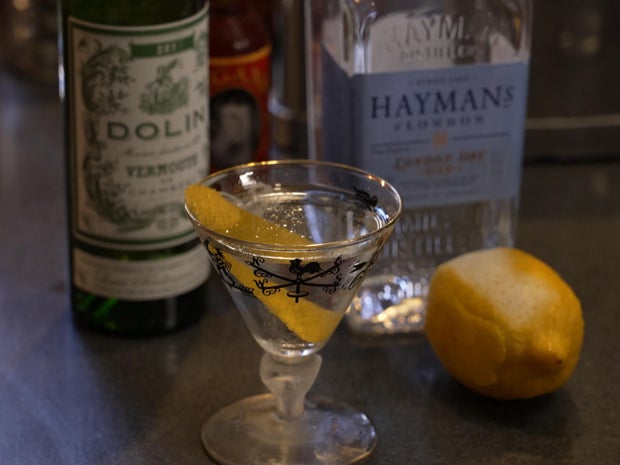CBS News
CDs vs. regular savings accounts: How much more could you be earning?

Getty Images
2023 was a tough year for borrowers. Thanks to elevated inflation and the decades-high interest rates designed to tame it, borrowers paid exponentially more for the credit they used than they would have just a few years earlier. But higher rates were beneficial for one group: savers.
Those who opened a high-yield savings or certificate of deposit (CD) account earned elevated returns throughout the year and, if they had a high-yield savings account, they saw that rate tick up numerous times. That said, rates on high-yield savings accounts are variable while rates on CDs are locked, guaranteeing that savers will earn that rate even if the overall rate climate changes.
So if you don’t have your money in one or both of these account types, chances are high that you’re losing money. That’s because the returns on regular savings accounts pale compared to what can be earned with some top CDs. But how much more could you be earning when comparing both account types? That’s what we will calculate below.
Start exploring your CD account options here and earn more on your money.
CDs vs. regular savings accounts: How much more could you be earning?
The short answer to this question? Many times more. Of course, the details will determine exactly how much more you could earn with a CD. But considering that the average regular savings account interest rate is just 0.47% currently and that CDs go as high as 7% for qualified borrowers, you’re likely losing money by not moving some (or all) to a CD account.
Here’s the difference in earnings based on a few rates and deposit amounts:
$1,000 deposit
- A high-yield savings account at 0.47% after one year: $4.70 for a total of $1,004.70
- A CD at 4.50% after one year: $45 for a total of $1,045.00
- A CD at 5% after one year: $50 for a total of $1,050.00
- A CD at 5.50% after one year: $55 for a total of $1,055.00
$5,000 deposit
- A high-yield savings account at 0.47% after one year: $23.49 for a total of $5,023.49
- A CD at 4.50% after one year: $225 for a total of $5,225
- A CD at 5% after one year: $250 for a total of $5,250
- A CD at 5.50% after one year: $275 for a total of $5,275
$10,000 deposit
- A high-yield savings account at 0.47% after one year: $46.99 for a total of $10,046.99
- A CD at 4.50% after one year: $450 for a total of $10,450
- A CD at 5% after one year: $500 for a total of $10,500
- A CD at 5.50% after one year: $550 for a total of $10,500
$20,000 deposit
- A high-yield savings account at 0.47% after one year: $93.99 for a total of $20,093.99
- A CD at 4.50% after one year: $900 for a total of $20,900
- A CD at 5% after one year: $1,000 for a total of $21,000
- A CD at 5.50% after one year: $1,100 for a total of $21,100
As these figures demonstrate, CDs are clearly superior to regular savings accounts right now. And remember, these calculations were completed on the assumption that the 0.47% variable rate on regular savings accounts will remain the same over the full year. If they change and drop (as many expect to happen) then your returns will be even lower. This is a major disadvantage when stacked against the guaranteed high returns CDs can provide right now.
Get started with a top CD account today.
The bottom line
When it comes to personal financial considerations, the decision is unique to each individual. That said, as the above calculations emphasize, there are major benefits to moving your money out of a regular savings account and into a CD now. And if you’re concerned about losing the flexibility your regular savings account provides, consider splitting your funds between a CD and a high-yield savings account. Just don’t let your money stagnate. Instead, take advantage of today’s high-rate environment before it changes.
Thanks for reading CBS NEWS.
Create your free account or log in
for more features.
CBS News
What makes a martini a martini?

Watch CBS News
Be the first to know
Get browser notifications for breaking news, live events, and exclusive reporting.
CBS News
What makes a martini a martini?

Nowadays, what makes a martini a martini? Robert Simonson, who wrote a book about the martini, said, “It’s funny: it’s strict and loose at the same time.”
Ten Speed Press
Everyone seems to have an opinion about the cocktail: “Ingredients, proportions, garnishes – it’s all subject to debate,” Simonson said. “I’m a purist. I would think it needs to be gin and vermouth. But I’m willing to bend and say, ‘Okay, vodka and vermouth as well.’ [However,] if there’s no vermouth in there, I don’t know how you can call it a cocktail.”
Simonson says the martini was probably named after a vermouth company. It was invented in America in the 1870s or ’80s when bartenders mixed gin with vermouth, a fortified wine made with herbs and spices. “It’s a very big player in cocktail history,” he said.
In the early 20th century, the “very-dry” martini became very-popular: Ice cold gin or vodka, garnished with a lemon twist, or an olive, or an onion, but only a little vermouth (or maybe not even a little).
Samantha Casuga, the head bartender at Temple Bar in New York City, says the reason why many people might not want vermouth in their martini is because, for years, vermouth was stored improperly. “It should be in the fridge,” she said.
CBS News
Casuga’s classic martini is two parts gin, one part vermouth, with a twist of lemon. She suggests that you probably shouldn’t order it the way James Bond does – shaken, not stirred. Casuga says she’s always stirring, but some people like the show behind the bar when a bartender shakes their cocktail. “Definitely, people love a good shake,” she said.
People also love to have a martini made just the way they want it. But Casuga understands why they might be so specific: “To have your own preferences, not only listened to and then executed, is, like, that’s luxury itself.”
Writer Robert Simonson says that a martini can also add a little luxury to your Thanksgiving. “It actually makes very good sense for Thanksgiving,” he said. “It will whet your appetite for the meal to come.
“There are very few American inventions more American than the martini. So, an American holiday, American drink.”
CBS News
For more info:
Story produced by Mary Raffalli. Editor: Remington Korper.
“Sunday Morning” 2024 “Food Issue” recipe index
Delicious menu suggestions from top chefs, cookbook authors, food writers, restaurateurs, and the editors of Food & Wine magazine.
CBS News
NATURE: Turkeys in South Dakota

Watch CBS News
Be the first to know
Get browser notifications for breaking news, live events, and exclusive reporting.





